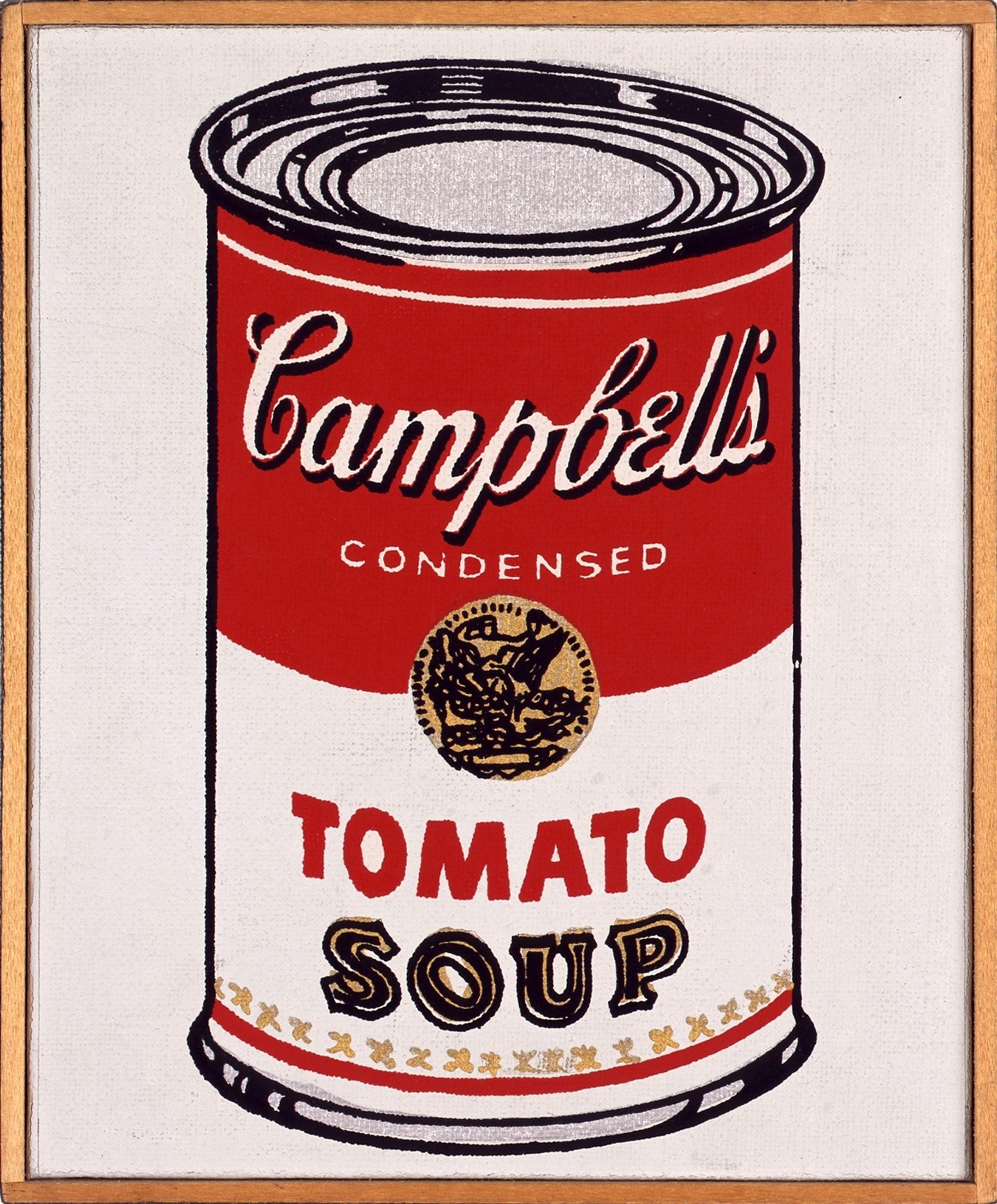
Castelli Gallery has announced that pioneering appropriation artist Richard Pettibone, 86, passed away on August 19 after taking a fall. Nearly 60 years since his gallery debut, Pettibone remains best known for his works copying modern art superstars like Andy Warhol and Frank Stella. Pettibone’s unwitting final exhibition with Castelli Gallery in 2022 presented 15 new paintings, all interpreting flags by Jasper Johns through Pettibone’s signature reduced scale.
“When I did the first Warhol imitation, in the late 1960s, I was a young artist. I wanted to be a great painter,” Pettibone once remarked. “What better way to do that than to copy a great painting?”
Born in 1938 just outside of Los Angeles, Pettibone earned his MFA from the city’s Otis Art Institute in 1962. That same year, Andy Warhol debuted his Soup Cans for a scandalized public at L.A.’s noted Ferus Gallery, a critical hub for the rapidly expanding modern art market. “It was the craziest show I’ve ever seen!” Pettibone recalled. Pettibone’s early works mostly spanned shadowboxes and assemblages, two mediums that aptly predicted the artist’s lifelong affinity for both craft and miniatures.
Richard Pettibone and his daughter in 2013. (Photo by Dimitrios Kambouris/Getty Images for Wedding Paper Divas)
By 1964, Pettibone had created his first two appropriations, translating Warhol’s cans down to sizes measuring less than a foot long and wide. These copies even included Warhol’s rubber-stamped signature, with Pettibone’s own name alongside it. Pettibone would go on to create some 150 works in this particular series. The following year, however, Pettibone presented miniature replicas of works by Warhol and Roy Lichtenstein, who both admired him, at none other than Ferus Gallery.
Richard Pettibone after
Roy Lichtenstein, ‘Seductive Girl’, 1964, Yellow-Purple (2009). Photo courtesy of FLAG Art Foundation.
Although Pettibone preceded the appropriation art craze of the 1980s by over a decade, he was far from the first to explore such ideas. Dada artist Marcel Duchamp remained a lifelong inspiration—Pettibone considered his own works “handmade readymades.” Given his era, however, Pettibone was able to copy artists that were building careers off of pop culture and serialization, which added an even more nuanced level of irony and commentary to his appropriative practice.
Unlike other appropriative artists like Sturtevant, who copied famous artists at scale, Pettibone stood apart predominantly by rendering his source imagery at sizes said to directly echo Artforum advertisements. Furthermore, unlike the artists who’ve mimicked Pettibone’s approach in more recent years, Pettibone maintained a staunch devotion to the perfect craftsmanship of his copies, rather than relying on their ritzy associations to carry them to acclaim. In fact, he’s often remembered as an appropriative artist who actually admired, rather than critiqued, the famous artists he copied.
Richard Pettibone, Andy Warhol, “Four Jackies,” (1964) (1996), which appeared in an artnet auction last April.
As Pettibone’s career progressed, his work evolved. When the artist permanently relocated upstate from Brooklyn during the early 1970s, he acquired an affinity for Shaker craftsmanship, which he honored through the photorealistic paintings he continued producing throughout the 2010s. Pettibone also branched out into sculpture, self portraiture, and his own takes on Rauschenberg’s combines. Art history will likely remember Pettibone’s near-obsession with the controversial poet Ezra Pound, whose book covers Pettibone recreated over and over in paint.
Although Pettibone’s rather insular nature may have stymied his stardom in comparison to peers like Sherrie Levine, he did live to see his art included in several high-profile exhibitions. Pettibone appeared in MoMA’s “What Is Painting” show in 2007, and he was the subject of a sprawling 2005 retrospective at the Philadelphia Museum of Art, organized by Tang Teaching Museum and Art Gallery at Skidmore College alongside the Laguna Art Museum. Pettibone went on to influence the appropriation artists of the 1980s, including Richard Prince and Gavin Turk. What’s more, his work retains its urgency, as contemporary art continues contending with the market’s domineering influence—and divining the true nature of art’s value.